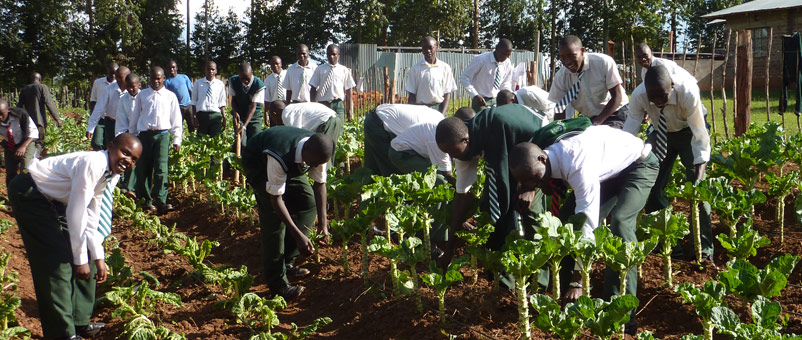Liza Debevec, Senior Gender and Water Specialist at the Global Water Partnership and former Senior Social Scientist at the International Water Management Institute (IWMI)Liza Debevec explores how local participation in river, reservoir and other water resource management can help improve livelihoods and protect the environment.
Thanks to its usually abundant rice production, the Kou River Valley has for decades been known as Burkina Faso’s granary. But then the water stopped flowing.
The river is running dry, with local experts blaming climate change and extensive farming on the riverbanks, as well as growing demand for and poor management of water. The canal that normally delivers water to the valley’s farmers, fishers and families becomes nothing but a trickle during the dry season, which starts in October.
Such water troubles threaten the livelihoods of thousands of Burkinabe people, not only in the Kou valley, but all across the country.
While these problems have many different origins, years of collaboration between international researchers and Burkinabe experts from research and government institutions have yielded a clear solution: engage local people in water management processes by enabling them to participate in the work of local water committees.

With most local wells running dry, Zambo walks for hours every day for water to cook, wash and grow crops.
Photo credit: Manon Koningstein/Sivin Communications
Making people part of the process
Burkina Faso’s local water committees – of which 150 have been planned and 50 established so far – are designed to coordinate development and management of water, land and related resources to benefit the economy and environment. Their success relies on allowing all water users, including women and young people, to be involved in decision making.
However, in years past, the committees have tended to rely on a top-down water management process, with little understanding of the realities faced by farmers, pastoralists and everyday people. This is why the International Water Management Institute (IWMI), along with the CGIAR Research Program on Water, Land and Ecosystems (WLE), started working with four local water committees in the Mouhoun and Nakanbe river basins. We wanted to find the best way to work directly with local water users, understand their challenges and help them too manage water inclusively and sustainably.
This required doing things in a completely new way. One farmer, Thomas Faho, expressed surprise when people from our project came to his community. They did not want to see the officials, instead asking to speak to local farmers first.
“It was really different from other projects that address the authorities, for example, mayors,” Faho told us. “But by doing that, they can’t reach the main stakeholders.”
In this case, Faho and his fellow farmers took part in the local water committee’s planning workshops and even raised awareness about their work by speaking about it on the radio.
To make it easy for other water committees to include local people in their processes, we developed a set of guidelines, providing practical tips on how to make planning meetings truly participatory – such as lowering meeting costs, using phone calls to invite water users rather than other means of communication, and scheduling meetings outside of busy times like market days.

Irrigation pumps can help farmers better manage their water use.
Photo credit: Manon Koningstein/Sivin Communications
Water management for everyone
Despite being primary users of water for household and farming needs, women are often excluded from the water management process. Therefore, we also encourage water committees to ensure that their meetings have equal or near-equal participation of women and men.
A few small steps can make a big difference to other marginalised groups too, such as conducting meetings in a shared language and with the help of a facilitator, so everyone can express their views.
Fatimata Kabore, head of the Water Resources Department at the Nakanbé Water Agency (NEA), told us that these recommendations helped her water committee build trust among illiterate water users. Market gardeners, fishers and farmers who had previously not been comfortable dealing with the administrative authority gained confidence to speak out.

A female rice seller in Bama.
Photo credit: Manon Koningstein/Sivin Communications
Potential across the country
Through our work, two key things have changed: local water committees have been able to test easy, practical ways to include local people in their planning, while local water users have realised their role in water management and actively engaged with the committees.
In combination, these changes have helped set the course for water committees in the Mouhoun and Nakanbe river basins to better share and sustainably manage water to meet the needs and concerns of the people they serve. With our guidelines, water committees elsewhere in the country can take similar steps to engage with the farmers, fishers and families that depend on increasingly scarce water to thrive.
When farmers like Faho and officials like Kabore take an equal part in water management decisions, solutions to Burkina Faso’s water troubles are within reach.
Follow Farming First on Twitter for the latest Expert Views articles and updates from across the agricultural sector.



